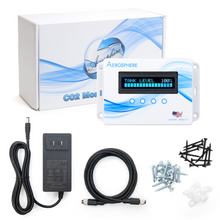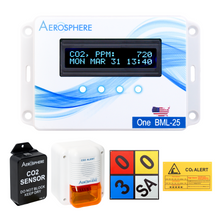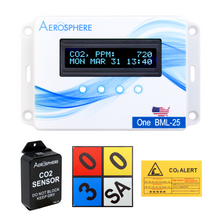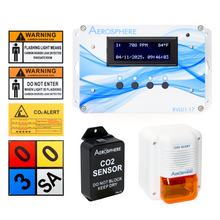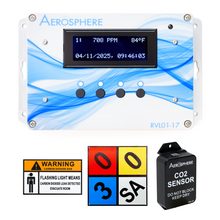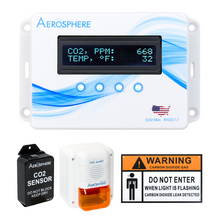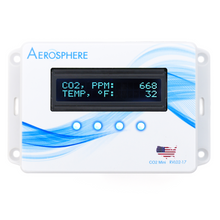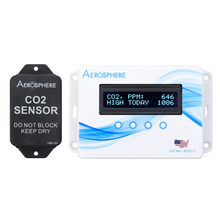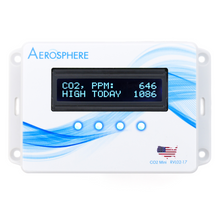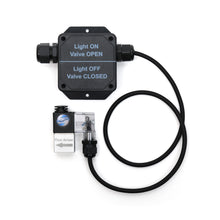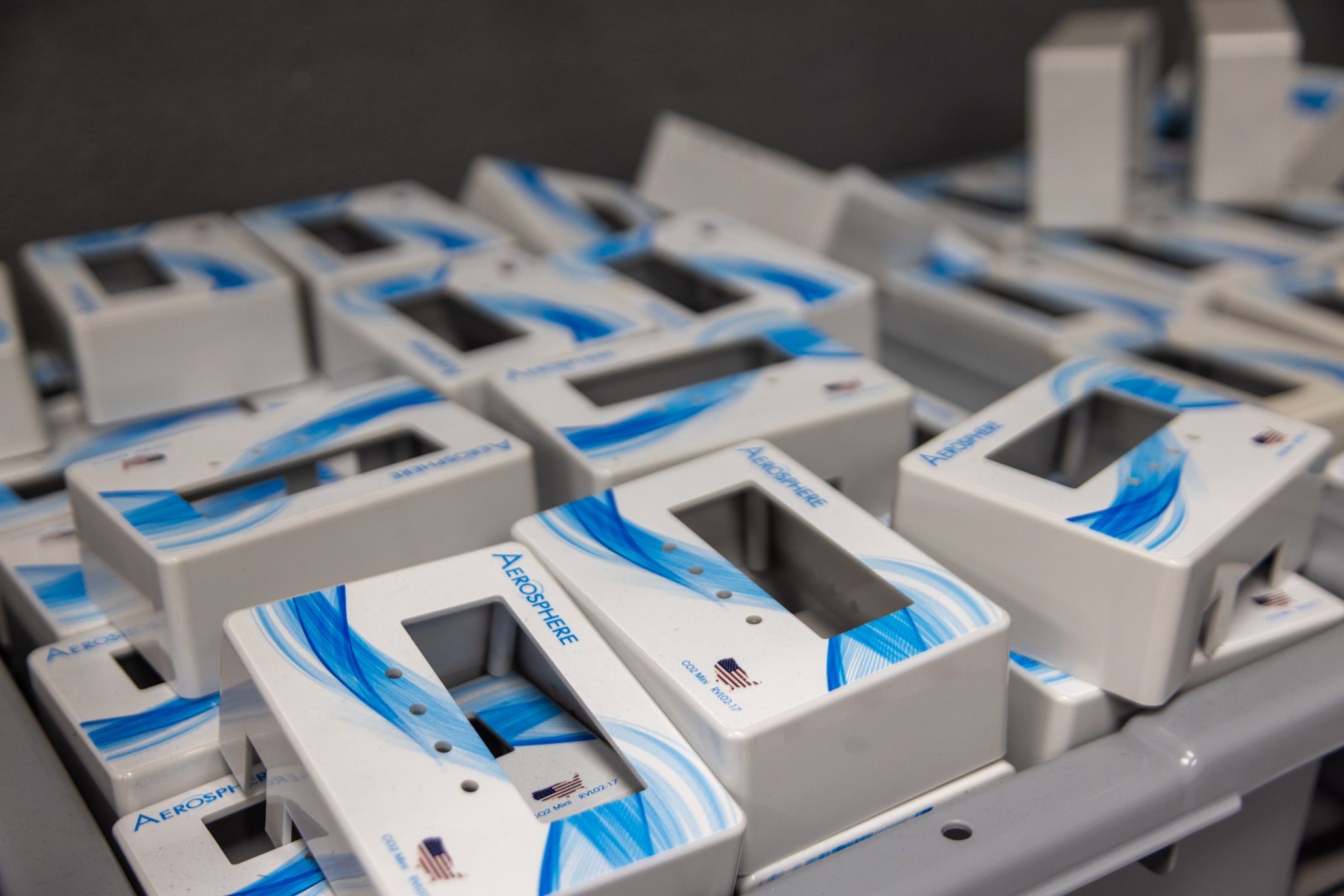How to Lower CO2 Levels at Home

While carbon dioxide is a natural byproduct of our respiration, managing (and even monitoring) your indoor carbon dioxide levels at home is a crucial part of maintaining good air quality. When CO2 levels in enclosed spaces rise, the air becomes stale, which leads to various negative effects on health, mental concentration, and overall well-being. Learn more about the health effects from CO2 overexposure here.
The ASHRAE Standard 62.1 specifies minimum ventilation rates and other measures intended to provide indoor air quality (IAQ) that’s acceptable to human occupants and that minimizes adverse health effects. Modern homes require planned ventilation to make it a comfortable living environment. Whether it's a small space or an outdoor, ventilation and/or a monitoring system is a key component of good air quality.
Types of Ventilation (For Homes)
Natural ventilation is where the air moves between the inside and outside through open windows, doors, chimneys, vents, or cracks in the walls. Depending on the home and climate, some homes are designed to have more air circulation than others. Natural ventilation also happens depending on the nature of the building.
Examples: Operatable windows and vents
Supply and Exhaust ventilation occurs when it is directly installed into the windows or air ducts of a building to supply air both to and from an environment. It helps circulate fresh air and remove stale air from the current space.
Examples: HVAC systems, exhaust fans, kitchen hoods, supply fans
Cross/Balanced Ventilation is a passive type of ventilation that relies on both the inflow and outflow of air. It's suitable for the entire home, especially in modern and airtight buildings.
Studies have shown that different types of ventilations can help distribute CO2 levels evenly within a home and highly-occupied rooms, such as classrooms.
Other Ways to Lower CO2 Levels
There are many inexpensive and applicable ways to lower CO2 levels in your home today. Plants are natural air purifiers that can be placed in every corner of the home, making not only pleasing to the eye, but also provide freshness into the space.
Use natural cleaning agents, using HVAC air purifiers, and a hood fan while cooking are also small ways to lower CO2 levels in your home.

Real-World Application on Air Quality
Nearly seven million people die prematurely each year because of ambient and household air pollution according to the World Health Organization. As cities become more populated, indoor air quality systems are naturally integrated into the equation to maintain livable conditions. Becoming aware of the problem is a step towards preventing long-term harm.
During the height of the COVID pandemic, it was crucial to help monitor the air quality to prevent the spread of COVID-19. Indoor CO2 measurements such as the Aerosphere® Mini CO2 Air Quality System, can help not only detect high levels of CO2 levels, but also hold promise for aerosol transmission risk such as COVID-19 and other airborne illnesses.
Conclusion
It's crucial, for a healthy home space, to have proper air quality and circulation with the right type of ventilation and applicable tools. The right CO2 levels in your home can leave a positive impact on you and everyone around you.


